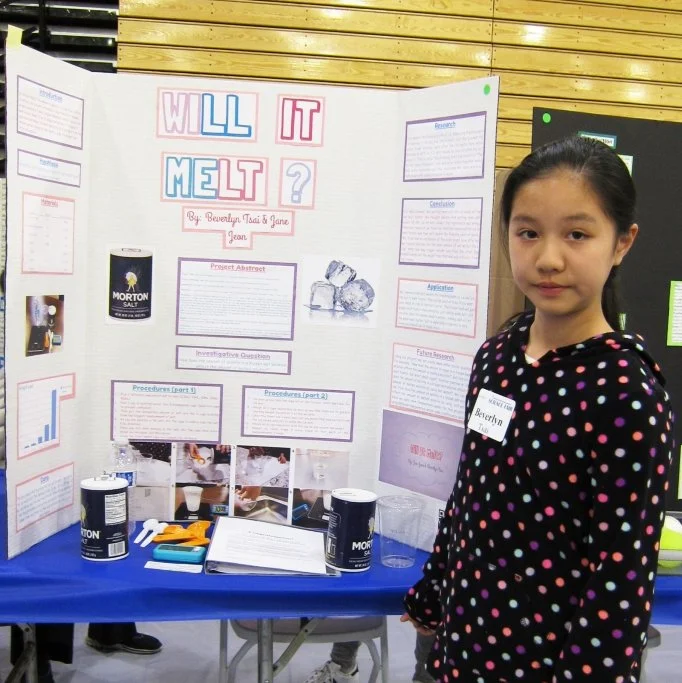I started attending science fairs in the third grade, initially conducting science projects as school assignments. However, I was pleasantly surprised when I found great excitement in planting my mung beans under different color cellophane covers. Every day, I enjoyed observing the growth of the plants and drawing scientific conclusions based on my experiment. Since then, I have relished exploring a variety of scientific subjects and have continued to participate in science fairs every year. I find great satisfaction in presenting my research results at these events, and my topics have ranged from investigating plant and salt properties to exploring the electrical conductivity of household materials, as well as using Raspberry Pi for facial recognition to improve learning efficiency with AI.
My experience during the pandemic inspired my project to use AI in improving learning efficiency. As an online tutor, I found it challenging to detect my students' level of engagement in the online learning model, and many were hesitant to ask questions. I recognized this as a critical issue to solve since failing to identify a student's learning bottleneck could lead to incorrect decisions regarding moving to the next lesson. This led me to ponder how effective artificial intelligence and machine learning could be applied to learning behavior analysis and provide learning engagement results to instructors. As a result, I embarked on my AI research journey and conducted my first project, “Computer Vision with Biometric Information for Engagement Detection in Virtual Learning,” which remains my passion.
How My Stem Journey Started
To make the Raspberry Pi camera work, I had to program it using Python, even though I had learned Java first. It was my first experience with Python, and I was amazed by how the language simplified many steps that other programming languages required, such as variable declaration. I was also impressed by the abundance of built-in modules, which made it easy for beginners to create fun games. This experience inspired me to share my knowledge of Python with other young coders, so they could experience the same joy of coding. As a result, I started my own YouTube channel to teach Python, which has become my second passion.








